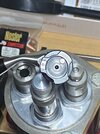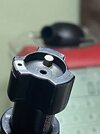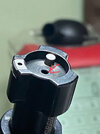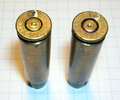COLTSFANATIC1
Member
Do these primers have the over pressure / increased pressure signs. The load shoots really well and I don’t have any sticky bolts.
If this is a over pressure sign, it would be wise to back down the load, does anyone run hot loads due to the good group results. Other than the rifle blowing up, when is a load to hot.
Appreciate any and all advice.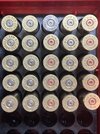
If this is a over pressure sign, it would be wise to back down the load, does anyone run hot loads due to the good group results. Other than the rifle blowing up, when is a load to hot.
Appreciate any and all advice.



